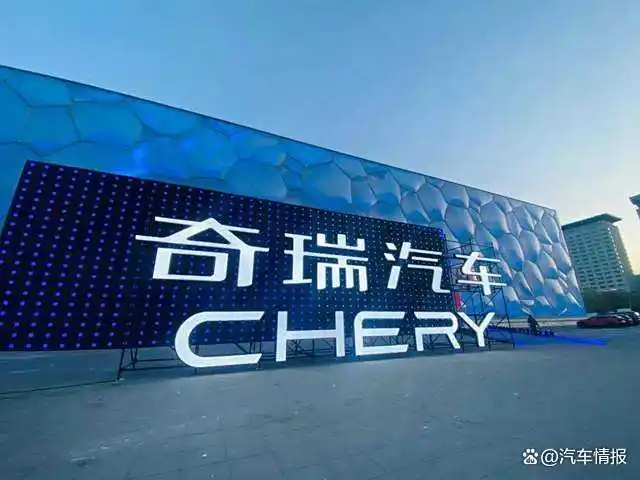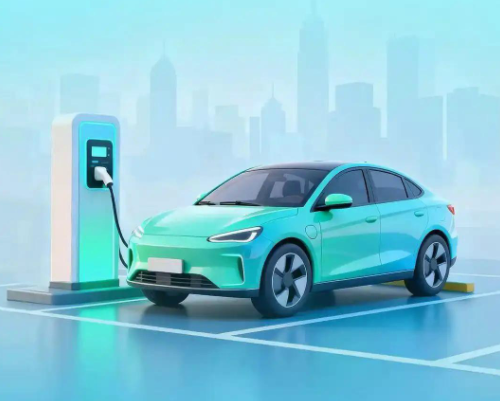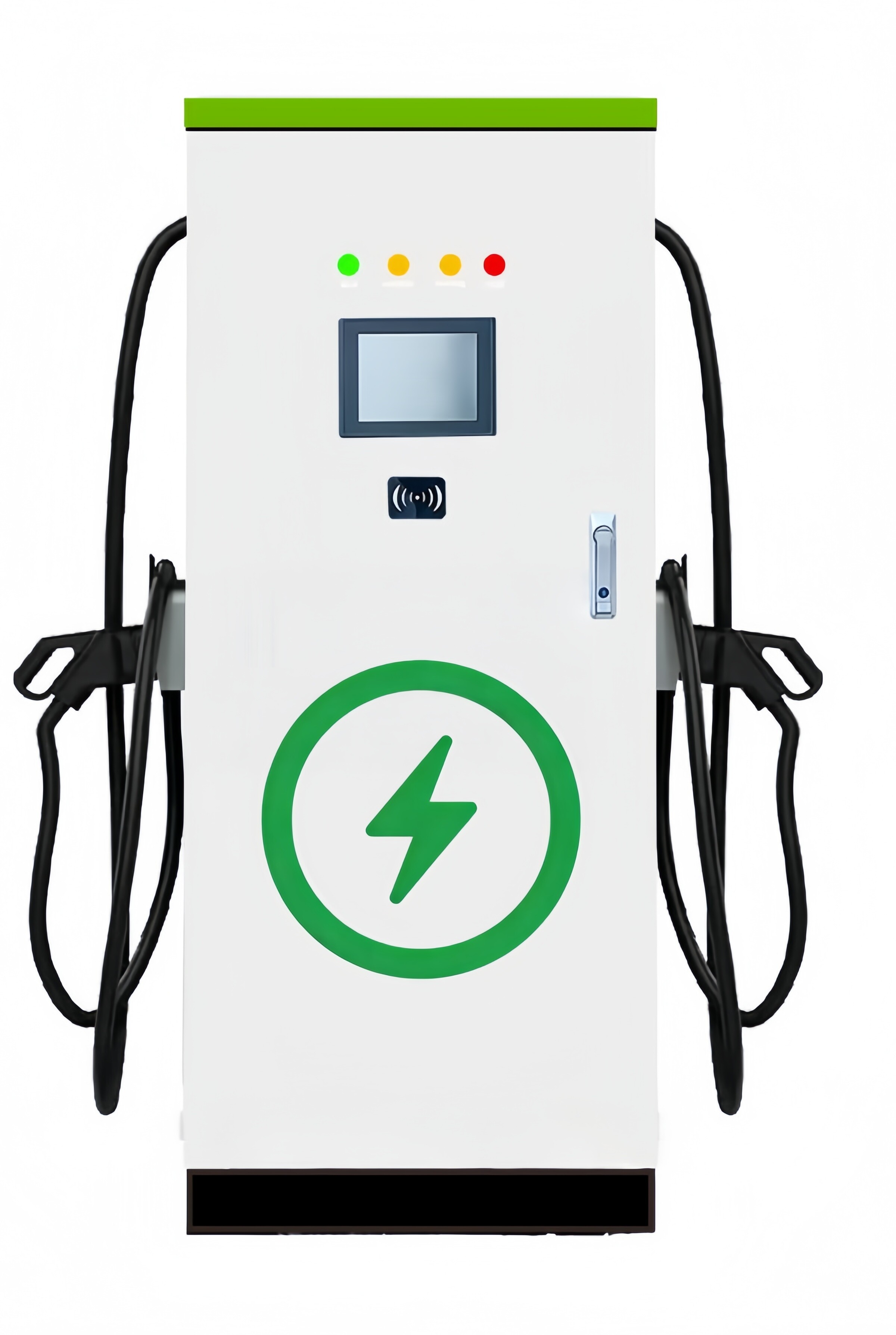Categories List
Recently, many friends have been teasing me, saying that their electric bikes don't fully charge when they use the community charging stations. Sometimes, they charge for a long time but still don't reach full capacity, and the battery drains quickly when they accelerate. They are quite puzzled and wonder if there's something fishy going on. Today, let's talk about this issue and figure out why these problems occur when charging electric bikes at community charging stations.
First, let's address the issue of not fully charging. Some friends say that their bikes charge fully at home in a few hours, but at the community charging stations, they charge for a long time and still don't reach full capacity. When they accelerate, the battery drains even faster. There was a case in a certain community where many residents reported that their electric bikes didn't fully charge at the charging stations. Under normal circumstances, an electric bike should be fully charged in about 8 hours, but in this case, it took 10 hours and still wasn't fully charged. When they accelerated, the battery level dropped by one bar in an instant. The staff at the charging station said that the charger and battery parameters of the electric bike didn't match. For example, if the battery is 60V, the standard charger should also be 60V. If a 48V charger is used, the input voltage is too low, and the charging time naturally extends, which explains why it couldn't be fully charged in 10 hours.
However, there are other reasons for not fully charging. Some owners have found that the charging company has tampered with the charging mode, reducing the output voltage, which makes it impossible for the electric bike to fully charge. Think about it, if the voltage is insufficient, can the battery be fully charged? Of course not. Another factor is the influence of the charging environment temperature. The optimal charging temperature for electric bike batteries is around 25 degrees Celsius. If the temperature is too low, like in the cold winter, the activity of the substances in the battery decreases, and the chemical conversion slows down. As a result, the charging time increases, and it's difficult to fully charge.
Now, let's talk about the slow charging issue. From a technical perspective, many community charging stations have insufficient power. Modern electric vehicles require a charging power of 22 to 120 kilowatts, but the power of community charging stations is often only 3 to 10 kilowatts. This is like using a small water pipe to fill a large bucket; it will take a long time. Therefore, the charging time is greatly extended. Moreover, charging stations that have been in use for a long time tend to age, and their efficiency decreases. Sometimes, they even break down and can't work properly. Power attenuation is also a problem; the actual output power is lower than the rated power, which definitely affects the charging speed.
The power supply network in the community can also limit the charging speed. Some communities have an old power supply environment or are under heavy electrical load, especially during peak hours when everyone is using electricity. At such times, the power supply becomes tight, and the charging speed of the charging stations slows down. It's like a narrow road with too many cars; the traffic can't be smooth. The same goes for charging.
Furthermore, some charging station operators might try to increase profits by adjusting the settings to deliberately slow down the charging speed. This way, the owners have to spend more time charging, and the operators can charge more. This is rather unscrupulous. Also, if the layout of the charging stations in the community is unreasonable and the number is insufficient, everyone has to queue up to charge, which reduces the overall charging efficiency. In addition, some communities lack intelligent management systems that can monitor and optimize the charging process in real time, which also affects the charging speed.
Lastly, some behaviors of the owners themselves can also affect the charging speed. For instance, some owners have bad charging habits, frequently charging incompletely or overcharging, which is not good for the connection of the charging cables and interfaces. Over time, this can affect the charging speed. Some owners don't know the maximum charging power their bikes support and choose inappropriate charging stations, which naturally slows down the charging speed. So, if you encounter problems like your electric vehicle not charging fully or charging slowly at the community charging stations, don't get too upset or immediately assume that the charging station operator is up to something. Try to look for the reasons from multiple aspects. Check if the charger and battery parameters don't match, if the charging environment temperature is not suitable, if the charging station itself has insufficient power or is aging, if there are any issues with the community power supply network, or even consider if your own charging habits are not good. If you can figure out all these problems clearly, you might be able to solve the charging problem.
Leave A Reply
Please Give Us A Message




